Geography & Sustainability
curriculum intent statement
At Loseley Fields our geography curriculum aims to provide children with a rich knowledge base and deep understanding of Earth’s diverse places, people, resources and environments as well as the key physical and human processes. Geography-based topics are led by a main enquiry question, encouraging children to ask their own questions and seek to explain how the Earth’s features are shaped, interconnected and change over time.
Fieldwork plays an important role within our curriculum. Children utilise the outdoor environment, both our extensive school grounds and our local community, to develop geographical skills and their sense of place. They learn to apply these skills in different contexts by studying increasingly wider communities and larger geographical areas as they progress through the school.
Alongside this, children deepen their understanding about the interaction between human and physical processes and learn about the important issues of sustainability, climate change and conservation. Each year group undertakes a bespoke enquiry project, focussed on different aspects of sustainability within our school or local area. Children are also encouraged to engage with our natural world and the environmental issues that inspire them, which many of them do through our varied extra-curricular activities.
Assessment in geography
We thread assessment for learning through all our geography teaching and this is linked to the progression of knowledge and skills that builds from years 1 to 6. At the start of each unit children are given ‘knowledge checkers’ to keep in their books, which show the learning journey through the topic, lesson by lesson. These also refer to the key geographical skills which are threaded through the units.
Using our feedback policy combined with strategies such as Think, Pair, Share and Cold Calling or ‘no hands up’ we assess the children’s understanding throughout the unit. We also use strategies such as regular retrieval questions and revise and review at the start of each lesson, linking back to previous learning. Within the lesson we use flexible groupings to target children who may need some additional support to understand a particular concept or skill.
At the end of each unit, children complete an ‘exit task’ to assess how well they have understood the content of the lessons and how well they can use and apply the key skills that they have been focussing on. These tasks can take many different forms and will vary according to the age and stage of the children. Examples of exit tasks include: creating a labelled diagram to show their understanding of Scandinavian countries in year 2; explaining how coastal erosion has impacted on a place and considering whether it can be saved in year 4; creating their own tourist guide, including maps and key physical and human features, for one of the Caribbean Islands in year 6. The teachers then use this information to adjust future planning if necessary to ensure greater understanding.


